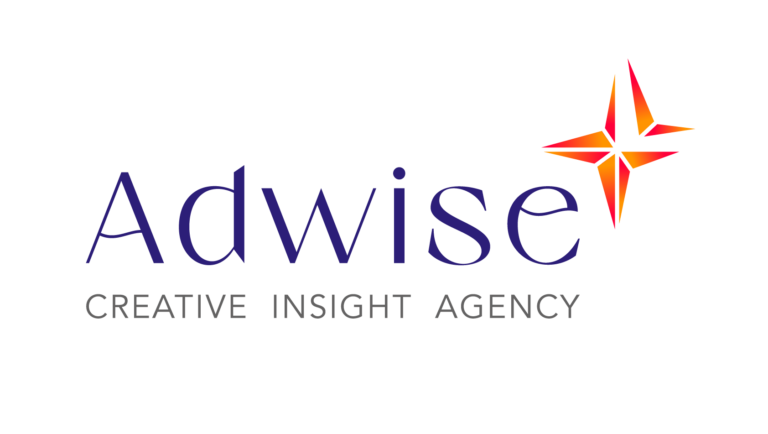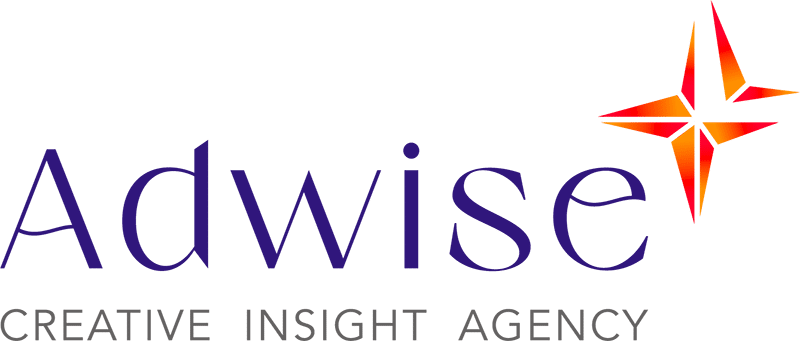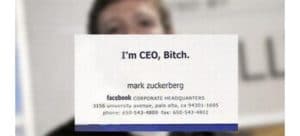The start of the year is often an opportunity to take stock, and it's clear that our profession as insight hunters is evolving, thanks to new methodologies and, above all, new combinations of methodologies that make us even sharper at deciphering information.
Taking a step back from the missions we have carried out over the last few months, we have observed the following 6 trends :
1. We worked from desk research and social listeninginexploratory markets an d'identification of best practices. For example: What is a successful customer journey? What do we learn from the customer experience podiums? These approaches have enabled us to frame our exploratory studies properly, to identify the real topics of conversation and consumer expectations, and have given us the keys to carrying out our initial research. mapping information, enabling us to be more precise in preparing direct questioning. In this way, we were able to re-challenge the briefs we received, in some cases allowing us to refine the strategic questions. We therefore recommend the use of these sources of information, coupled with more traditional questioning (interview, group), as they allow us to go further.
2. Ethnology back in the spotlightThis is thanks to its ability to capture behaviour and attitudes on the spot, and so capture the emotional dimension (the most sincere) of customer experiences. By giving consumers autonomy and/or organising on-site observations, we have been able to combine spontaneous data collection with the analysis of customer experiences. (without interviewer bias) and customer declarations, while at the same time experiencing the customer journey for ourselves. In this way, we were able to evaluate new merchandising concepts and new customer journeys, for example by following an energy supplier's sales representative door-to-door in remote areas that had never been explored by studies, by observing an advisor behind his counter for several days, or by following the customer's discovery of a new sales area dedicated to a top-of-the-range computer. Our understanding of the customer's reality, including their interaction with one or more brand representatives, has been enriched.
3. Drawing inspiration from influencers when exploring the market was a key advance for us in saving time at the heart of a ConceptLab protocol. Because they already know their market and are opinion leaders, they gave us a clear picture of expectations and trends. We were able to quickly develop new, highly relevant concepts in a mature market. The launch in France of the subscription-based nappy brand Little Big Change, (in 10 months)The Group is now hoping to replicate this success in other countries.
4. The ability to reach targets throughout FranceEven the most remote rural areas were included in the programme. Thanks to the use of 1-to-1 interviews and video groups of 5 to 7 people, we were able to hear from those who never take part in the studies, because they are too far away from towns equipped with suitable rooms, or too far from each other. This technique is also particularly effective in bringing together professionals who might be competitors, but whose catchment areas are far apart.
5. We also note that our studies have focused on rare targets A jumble of affluent people "We've opened up our field to new targets, including buyers for companies or local authorities, hairdressers, food wholesaler-distributors (even in Spain!) and restaurateurs.
6. And finally.., the video presentation of our studies remains the icing on the cake, and is increasingly in demand by our customers.s of detailed operational results, it brings the customer's experience to life in a way that can be easily shared within a marketing team, or even with senior management.
These trends will undoubtedly become more pronounced this year, reflecting the need for representativeness, authenticity and objectivity in today's marketing research.







